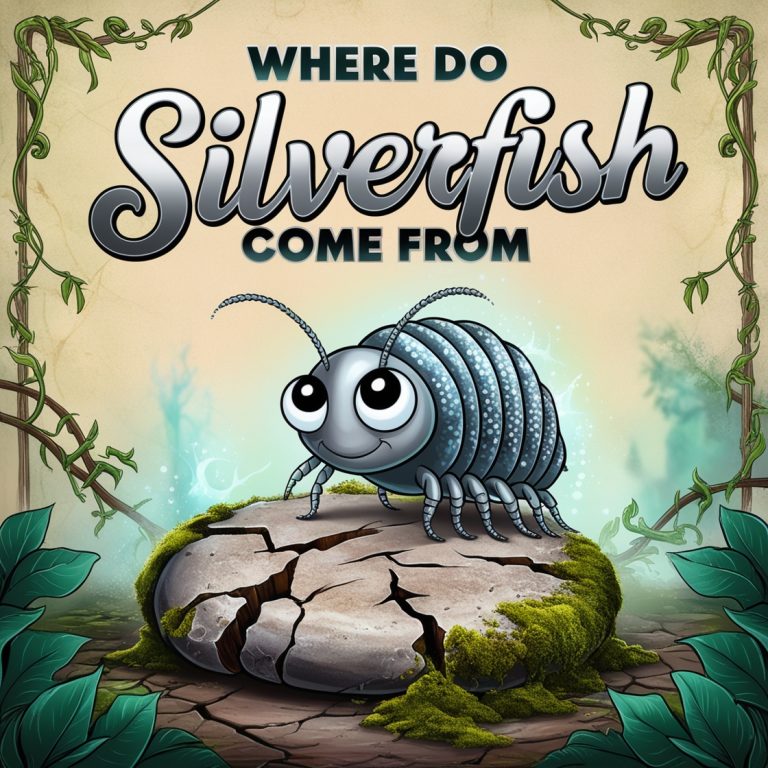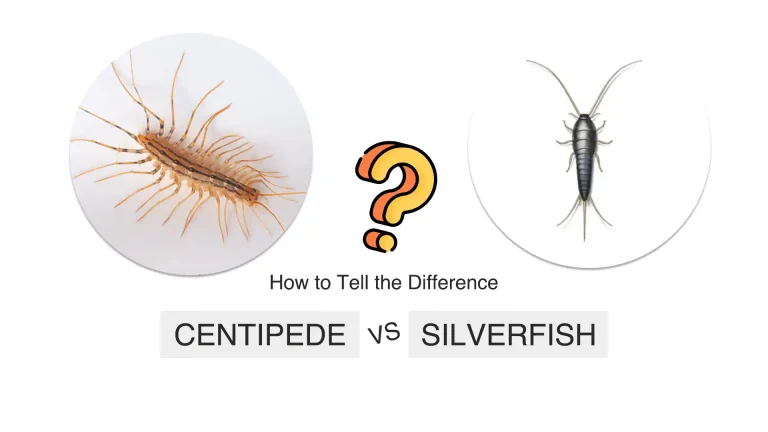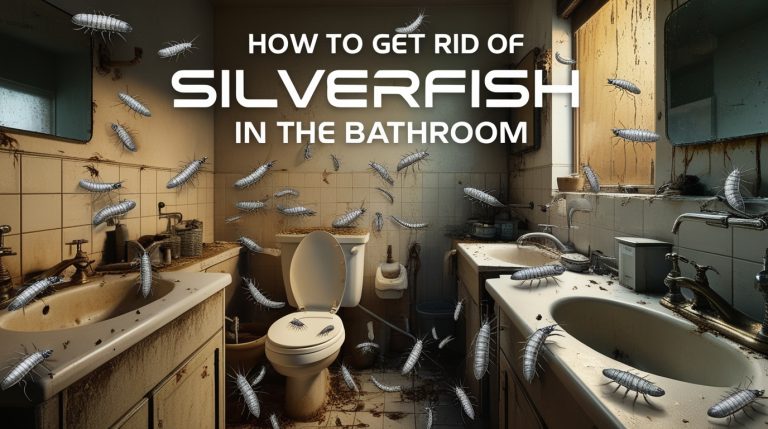House Centipede or Silverfish: Key Differences for Pest Control
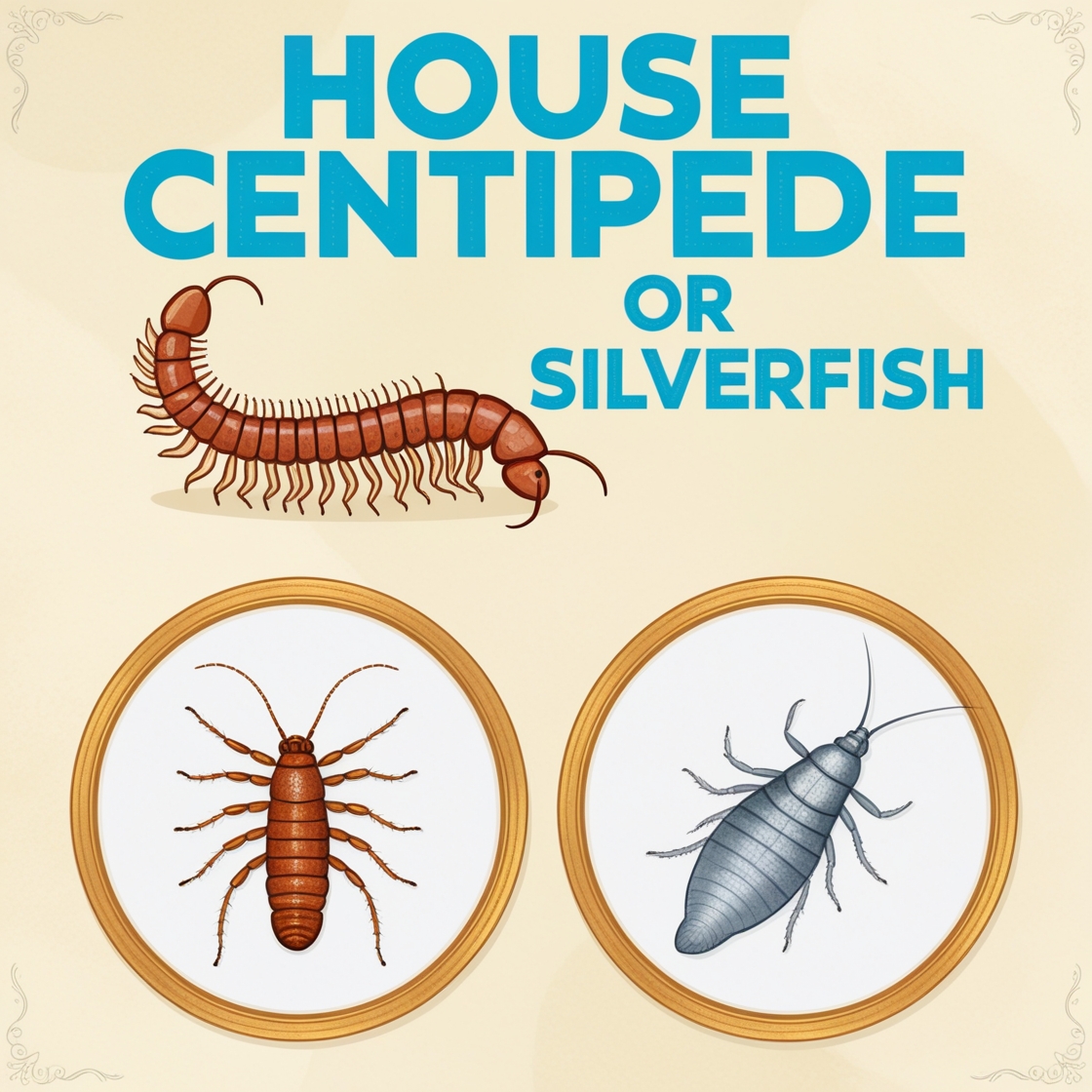
Discover the key differences between House Centipede or Silverfish for effective pest control. Learn to identify these pests and manage infestations efficiently.
Introduction
In the world of household pests, two common intruders often leave homeowners puzzled: the house centipede and the silverfish. While both can be unsettling sights scurrying across your floor, understanding the key differences between these creatures is essential for effective pest management. This article will explore the characteristics, behaviors, and control methods for house centipedes and silverfish, helping you identify and address these unwelcome guests in your home.
The Challenge of Identifying House Centipedes and Silverfish
House centipedes and silverfish are two of the most common household pests that can cause confusion among homeowners. At first glance, these insects may seem similar, but there are several key differences that set them apart. Knowing what’s the difference between a house centipede and a silverfish is crucial for implementing the right pest control strategies.
Physical Characteristics
Understanding the physical traits of house centipedes and silverfish is the first step in telling them apart. Let’s examine the unique features of each pest.
House Centipede: 15 Pairs of Long Legs and Appearance
House centipedes are often recognized by their distinctive appearance. These creatures possess:
– 15 pairs of long, slender legs
– A flattened, elongated body
– Long antennae
– Yellowish-gray coloration with dark stripes
House centipedes have dark, banded legs that can make them appear larger than they actually are. Their body length typically ranges from 1 to 1.5 inches, not including their legs. The number of legs on a house centipede is one of its most striking features, with some species having up to 177 pairs of legs.
Silverfish: Teardrop Shape and Metallic Scales
Silverfish, on the other hand, have a very different appearance:
– Teardrop-shaped body
– Metallic, silver-gray scales
– Three long, bristle-like appendages at the rear
– Six legs (like most insects)
Silverfish are smaller than house centipedes, usually measuring between 0.5 to 1 inch in length. Their distinctive scaley appearance and fish-like movement give them their common name.
Key Differences in Body Structure
The key differences between house centipedes and silverfish are quite apparent when you know what to look for. House centipedes have a pair of legs for nearly every body segment, while silverfish have only six legs. Additionally, house centipedes have dark, banded legs and a more elongated body, whereas silverfish have a more compact, teardrop shape with a silvery sheen.
Habitat and Behavior
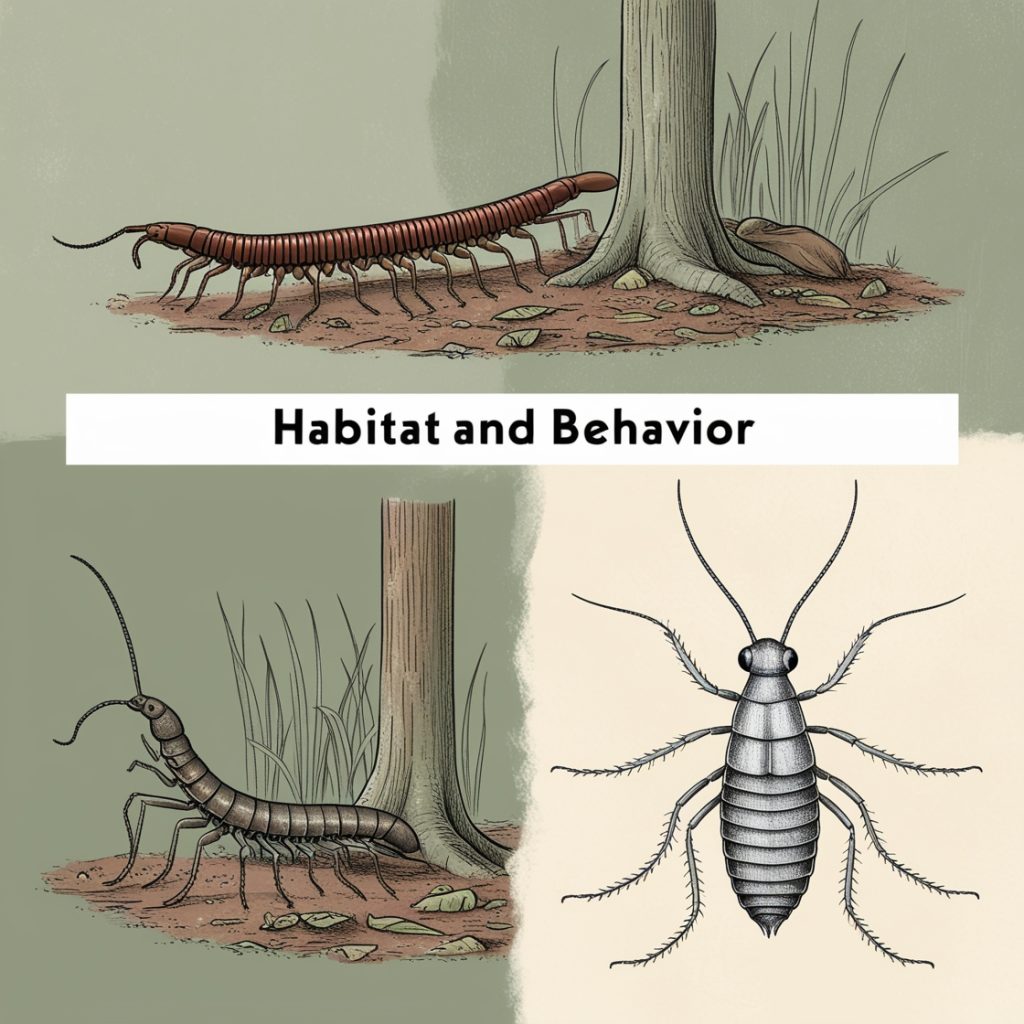
Understanding where these pests prefer to live and how they behave can help in identifying and controlling them.
House Centipede: Preferred Areas and Hunting Habits
House centipedes prefer dark, damp environments. They are often found in:
– Basements
– Bathrooms
– Crawl spaces
– Closets
These agile hunters are primarily nocturnal and feed on other insects. House centipedes may be considered beneficial in some ways, as they help control populations of other pests like spiders and silverfish.
Silverfish: Common Hiding Spots and Feeding Patterns
Silverfish thrive in similar environments to house centipedes but have different habits:
– Often found in bathrooms, kitchens, and attics
– Attracted to damp, humid areas
– Feed on starchy materials like wallpaper, books, and fabrics
Unlike house centipedes, silverfish are not predators. They can cause damage to household items by feeding on materials containing starches and cellulose.
Differences in Habitat Preferences
While both pests prefer moist environments, house centipedes are more active hunters and may be seen darting across floors or walls. Silverfish are more likely to remain hidden, emerging mainly to feed on starchy materials. Understanding these habitat preferences is crucial for effective pest control strategies.
Movement and Speed

House Centipede vs Silverfish: A Race of Pests
When it comes to movement, there’s a stark contrast between these two pests:
– House centipedes are incredibly fast, using their numerous legs to dart across surfaces rapidly.
– Silverfish have a slower, fish-like wiggling motion.
This difference in speed can be a key factor in identifying which pest you’re dealing with. If you see a fast-moving, multi-legged creature scurrying across your floor, it’s likely a house centipede. A slower, shimmering insect is more likely to be a silverfish.
Diet and Damage
Understanding what these pests eat and the potential damage they can cause is crucial for effective pest management.
House Centipede: The Beneficial Predator
House centipedes are predators that feed on other insects. Their diet includes:
– Spiders
– Silverfish
– Cockroaches
– Other small household pests
While house centipedes can bite humans, they rarely do so and are not considered dangerous. In fact, they can be beneficial in controlling other pest populations in your home.
Silverfish: The Paper and Fabric Destroyer
Silverfish, on the other hand, can cause significant damage to your belongings. They feed on:
– Paper products (books, wallpaper)
– Fabrics (especially those containing starch)
– Food items (cereals, flour)
A silverfish infestation can lead to noticeable damage to these household items over time.
Comparing the Impact on Your Home
While house centipedes may be alarming to see, they generally don’t cause direct damage to your home or belongings. Silverfish, however, can be destructive pests, potentially damaging books, clothing, and other starchy materials. This difference in impact is an important consideration when deciding on pest control measures.
Reproduction and Infestation
Understanding how these pests reproduce and spread can help in preventing and controlling infestations.
House Centipede Breeding Habits
House centipedes have a relatively slow reproduction rate:
– Females lay 35 to 150 eggs per year
– Eggs are deposited in damp soil or crevices
– Development from egg to adult takes several months
Due to their slower reproduction rate and predatory nature, house centipedes are less likely to cause large-scale infestations.
Silverfish Infestation: Signs and Spread
Silverfish can reproduce more rapidly:
– Females can lay up to 100 eggs in their lifetime
– Eggs are often hidden in cracks and crevices
– Development from egg to adult takes 3-4 months
A silverfish infestation can grow quickly if not addressed, potentially leading to significant damage to household items.
Key Differences in Population Growth
The differences in reproduction rates and habitat preferences mean that silverfish are more likely to cause noticeable infestations than house centipedes. While you might occasionally spot a house centipede, seeing multiple silverfish is often a sign of a larger problem.
Pest Control Strategies
Effective pest control depends on correctly identifying whether you’re dealing with house centipedes or silverfish. Let’s explore some strategies for managing these pests.
Effective Methods for House Centipede Control
To control house centipedes:
– Reduce moisture in your home
– Seal entry points around windows and doors
– Remove their food sources by controlling other insect populations
Remember, house centipedes can actually help control other pests, so unless they’re a significant nuisance, you may choose to leave them be.
Tackling a Silverfish Infestation
For silverfish control:
– Dehumidify damp areas
– Store books and papers in dry areas
– Use silverfish baits or traps
– Consider professional pest control services for severe infestations
Customized Approaches: Why Proper Identification Matters
The differences between house centipedes and silverfish necessitate different control methods. Misidentifying the pest can lead to ineffective treatments and wasted effort. That’s why it’s crucial to know how to tell the difference between these two pests.
Prevention Tips
Preventing these pests from entering your home is often easier than dealing with an established infestation.
Keeping House Centipedes at Bay
To help prevent house centipedes:
– Fix leaky pipes and faucets
– Use dehumidifiers in damp areas
– Seal cracks and crevices in walls and foundations
Silverfish-Proofing Your Home
To prevent silverfish:
– Store food in airtight containers
– Keep books and papers in dry areas
– Regularly clean and vacuum, especially in hidden corners
Universal Prevention Strategies
Some strategies work for both pests:
– Reduce clutter, which provides hiding spots
– Maintain a clean, dry home environment
– Regularly inspect your home for signs of pest activity
When to Call a Professional
While many pest problems can be handled on your own, there are times when professional help is necessary.
Severe Infestations: House Centipede or Silverfish?
If you’re dealing with a large number of either pest, or if your own control methods haven’t been effective, it may be time to seek professional pest control services. This is especially true for silverfish infestations, which can quickly get out of hand.
Choosing the Right Pest Control Expert
When selecting a pest management service:
– Look for licensed and experienced professionals
– Ensure they can correctly identify the pest you’re dealing with
– Ask about their methods for both house centipede and silverfish control
A good pest control service will be able to develop a targeted strategy based on whether you’re dealing with house centipedes, silverfish, or both.
Conclusion
House Centipede or Silverfish: The Importance of Proper Identification
Understanding the differences between house centipedes and silverfish is crucial for effective pest management. While both prefer similar environments, their impact on your home and the strategies for controlling them can vary significantly. By learning to identify these pests and understanding their behaviors, you can take the right steps to manage them effectively, whether that means tolerating the occasional house centipede, addressing a silverfish infestation, or calling in professional help when needed. Remember, knowledge is your best tool in keeping your home pest-free and comfortable.


